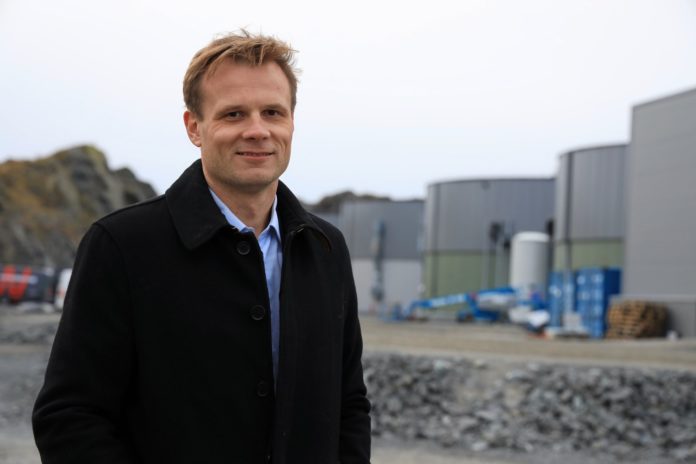Salmon Evolution introduced the first smolt to its land-based facility in March 2022.
Leading land-based salmon farmer Salmon Evolution has achieved a significant financial milestone.
For the first time, the company reported break-even Earnings Before Interest, Taxes, Depreciation, and Amortization (EBITDA) in its farming segment during the fourth quarter of 2023.
The company’s CEO, Trond Håkon Schaug-Pettersen, announced in a stock exchange statement that over 1,100 tons of Head-On Gutted (HOG) salmon were harvested with positive results. Schaug-Pettersen expressed optimism for 2024, citing satisfactory harvest results, including increasing harvest weight, a high proportion of superior quality salmon, and strong price realization.
Salmon Evolution commenced operations with the introduction of its first smolt in March 2022 and started harvesting for both the domestic and international markets in November 2022.
In the fourth quarter of 2023, the company reported an operational loss of NOK -33 million (approximately USD -3.1 million), which is an improvement from NOK -25 million (approximately USD -2.35 million) in the corresponding period of the previous year. The turnover for the quarter was NOK 89 million ($8.37 million). The slaughter volume for the quarter was 1,104 tons, with an average weight of about 3.5 kilograms per salmon and 90 percent rated as superior quality.
Salmon Evolution ended the quarter with NOK 386 million $36.3 million) in cash and equivalents and NOK 645 million ($60.63 million) in available liquidity.
As of the first quarter of 2024, the company has already harvested 457 tons and expects to see further increases in slaughter weights and volumes. The standing biomass at the end of the fourth quarter was over 2,200 tons, distributed among approximately 1.4 million fish, indicating a potential increase in production volumes starting from the second quarter. This progress reflects Salmon Evolution’s dedication to sustainable and efficient large-scale land-based salmon farming.









